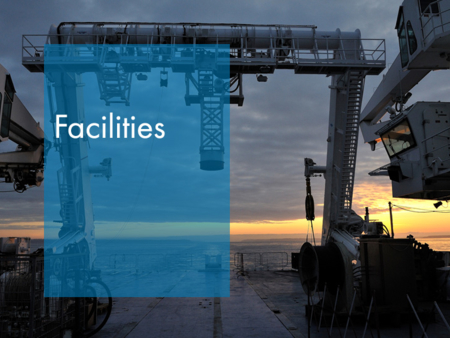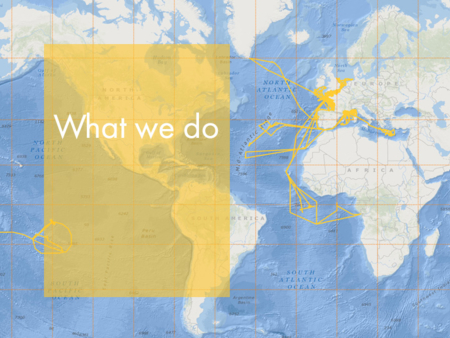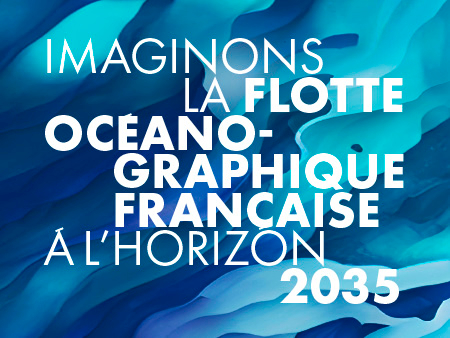Ancillary instruments
The acquisition of scientific data is supported by various pieces of equipment which facilitate the measurement and deployment of mobile equipment, or contribute to improving the quality of such data.
Ships operating multiple sound acquisition systems (multibeam echo sounders, current profilers, sub-bottom profilers, etc.) are fitted with an OSEA synchronization unit to prevent interference between acoustic emissions.
All the ships undertaking bathymetry carry a bathythermograph for the purpose of profiling the velocity of the water column, an essential task to ensure the precision of data generated by the echo sounders. On most of the ships the validity over time of the bathythermograph data is monitored using a hull-fitted sound velocity sensor.
In addition to the equipment mentioned above, there are tools for deploying mobile equipment. The ships Pourquoi pas ?, Atalante and Thalassa feature Travocean tubes of various diameters which enable operators on the working deck to install and submerge instruments under the ship’s keel.
| Synchronization of acoustic | Bathythermograph | Hull-fitted sound velocity sensor | Travocean |
Marion Dufresne | K-SYNC | Sippican Mk21 | MiniSVS | 1 TVO |
Pourquoi pas ? | OSEA | Sippican Mk21 | Reson SVP-C | 1 TVO 800 2 TVO 500 |
L’Atalante | OSEA | Sippican Mk21 | MiniSVS | 1 TVO 800 |
Thalassa | OSEA | Sippican Mk21 | MiniSVS | 1 TVO 300 1 TVO 500 |
Antea | OSEA | Sippican Mk21 |
|
|
Alis | OSEA | Sippican Mk21 |
|
|
L’Europe | OSEA | Sippican Mk21 | MiniSVS |
|
Thalia |
| Sippican Mk21 | MiniSVS |
|
Haliotis |
|
| MiniSVS |
|




